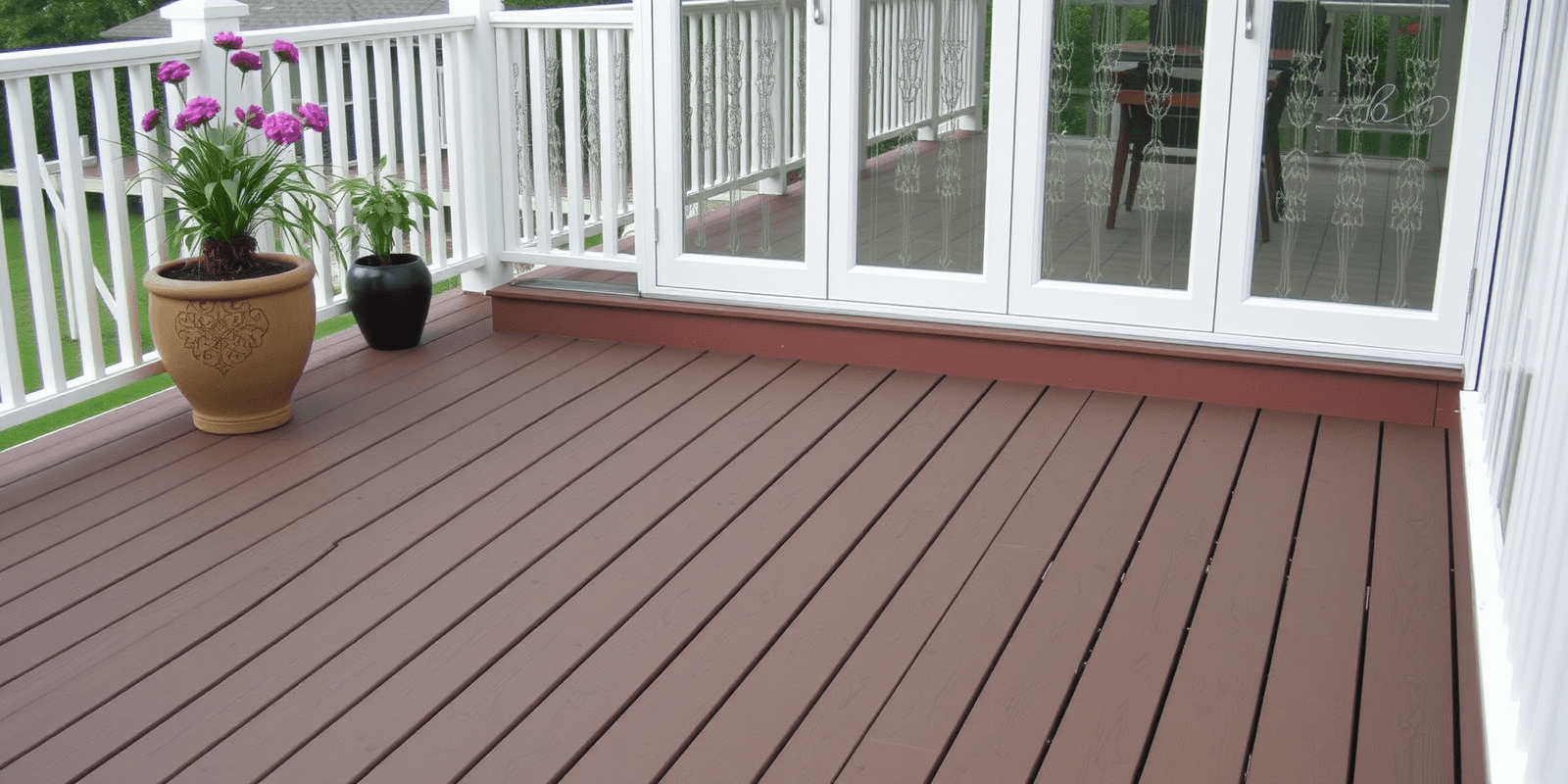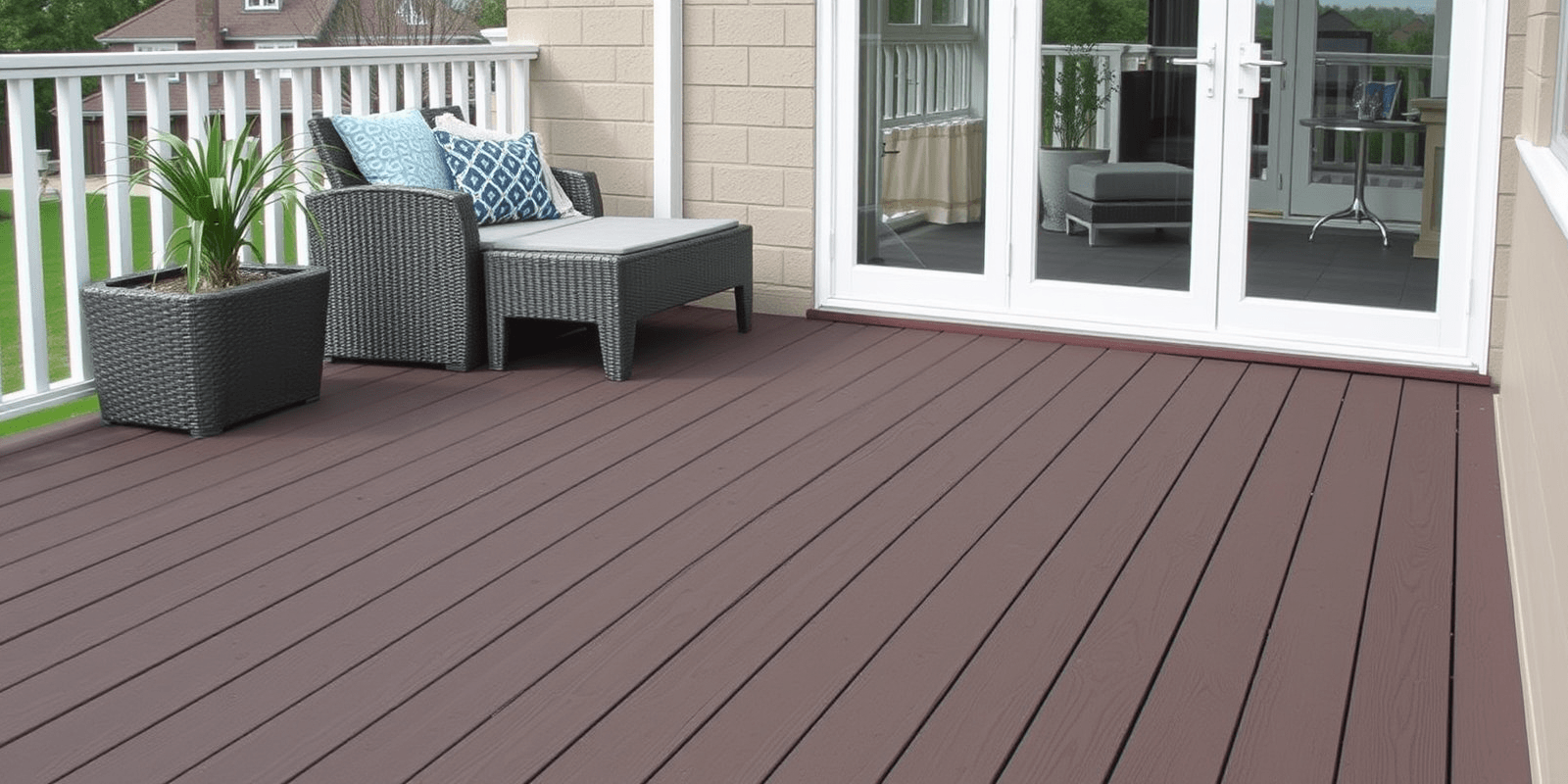“`html
Wood Plastics Composite Decking: Environmental Impact, Maintenance, and Aesthetics
Introduction
Wood Plastics Composite (WPC) decking has become increasingly popular as an alternative to traditional wood or all-plastic decking materials. This article will discuss the environmental impact, maintenance requirements, and aesthetic appeal of WPC decking, providing real-world examples and comparisons with other decking materials.
Environmental Impact
One of the primary advantages of WPC decking is its reduced environmental footprint compared to traditional wood decking. WPC is made from a combination of recycled plastic and wood fibers, which helps reduce waste in landfills and conserves natural resources. According to a study by the University of Wisconsin-Madison, WPC decking can divert up to 50% of plastic waste from landfills. However, the production process of WPC does involve some carbon emissions. For instance, the manufacturing of virgin plastic components contributes to greenhouse gas emissions. Despite this, many manufacturers are now using more sustainable practices and sourcing recycled plastic to minimize their environmental impact.
Maintenance Requirements
Compared to traditional wood decking, WPC decking requires less maintenance. It is resistant to rot, decay, and insect damage, making it a durable option for outdoor spaces. Unlike wood, WPC does not require regular sealing or staining to maintain its appearance. However, it is still advisable to clean the surface periodically with mild soap and water to prevent dirt buildup and stains. Additionally, while WPC is less prone to scratches than wood, it can still show signs of wear over time. Regular cleaning and occasional sanding can help maintain its aesthetic appeal.
Aesthetic Appeal
WPC decking offers a variety of aesthetic options that can complement any outdoor space. Manufacturers produce WPC in different colors and textures, allowing homeowners to choose a style that matches their preferences. For example, Trex, a leading WPC manufacturer, offers a range of colors and finishes that mimic the look of natural wood, such as Cedar and Walnut. Moreover, WPC is available in various sizes and profiles, providing flexibility in design. While WPC may not have the same natural grain patterns as real wood, advancements in technology have resulted in products that closely resemble the appearance of traditional wood decking.
Comparison with Other Decking Materials
When compared to traditional wood decking, WPC offers several advantages, including reduced maintenance and increased durability. However, it is generally more expensive upfront. On the other hand, all-plastic decking materials like polyethylene or polypropylene are even more durable but lack the natural look and feel of WPC. They also tend to be more slippery when wet, posing safety concerns. In contrast, WPC provides a balance between durability, aesthetics, and cost-effectiveness. For instance, a homeowner might choose WPC for its low-maintenance properties and natural appearance, while a commercial property owner might opt for all-plastic decking for its superior durability in high-traffic areas.
References
“`



